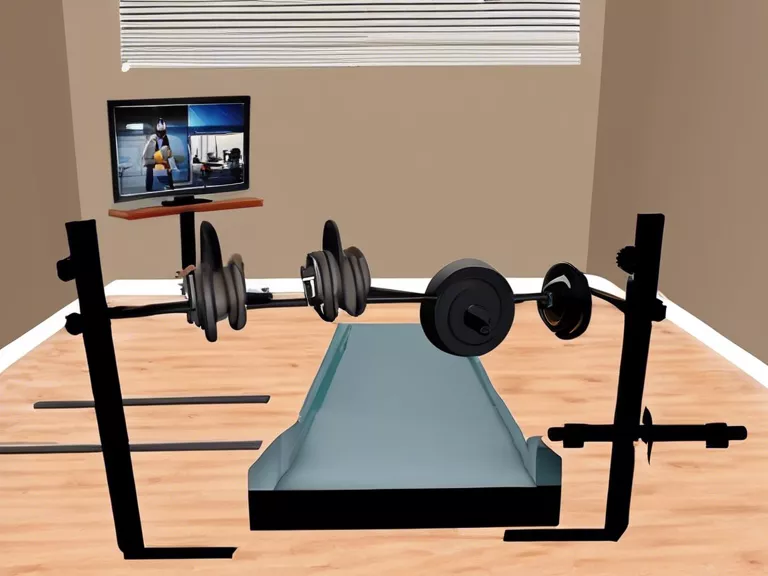
Virtual reality has come a long way since its inception, and it is now being used in innovative ways for rehabilitation and physical therapy. In recent years, virtual reality technology has been incorporated into various treatment programs to help patients recover from injuries, surgeries, and other physical ailments. From improving balance and coordination to reducing pain and increasing mobility, virtual reality is proving to be a valuable tool in the field of rehabilitation.
One of the key benefits of using virtual reality for rehabilitation and physical therapy is its ability to create immersive environments that can mimic real-world scenarios. Patients can engage in interactive activities that challenge their motor skills, cognitive abilities, and overall physical fitness. For example, a patient recovering from a stroke may use a virtual reality system to practice walking on uneven terrain or navigating through a busy street, all in a safe and controlled setting.
Virtual reality can also be used to enhance traditional physical therapy exercises. By incorporating virtual reality elements such as games, puzzles, and simulations, therapists can make the rehabilitation process more engaging and enjoyable for patients. This not only helps improve patient compliance but also motivates them to push themselves further during each session.
Moreover, virtual reality can be particularly beneficial for individuals with chronic pain conditions. By distracting the brain with immersive virtual experiences, patients can experience temporary relief from pain and discomfort. Virtual reality can also be used as a form of distraction therapy during painful procedures or treatments, making the experience more bearable for patients.
Overall, virtual reality is revolutionizing the field of rehabilitation and physical therapy by providing patients with a more interactive, engaging, and effective treatment experience. As technology continues to advance, we can expect to see even more innovative uses of virtual reality in the healthcare industry.



